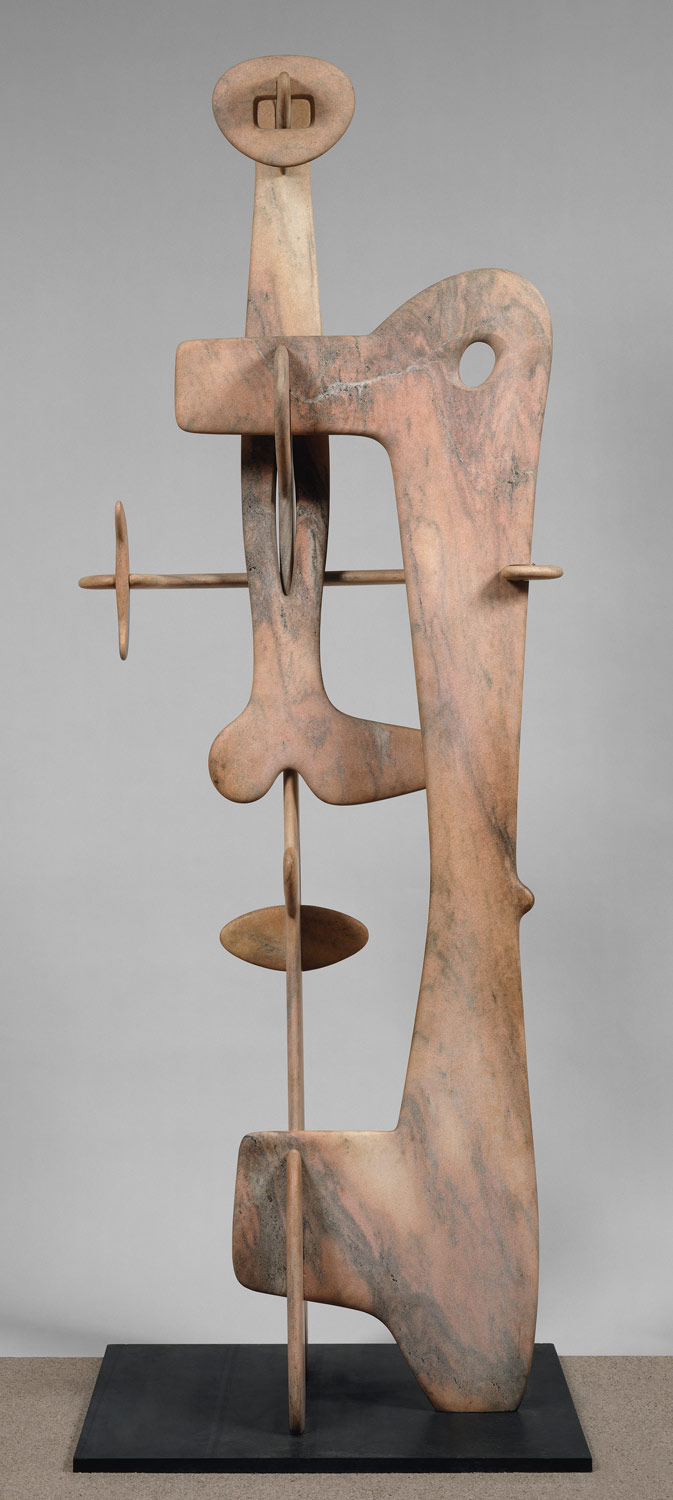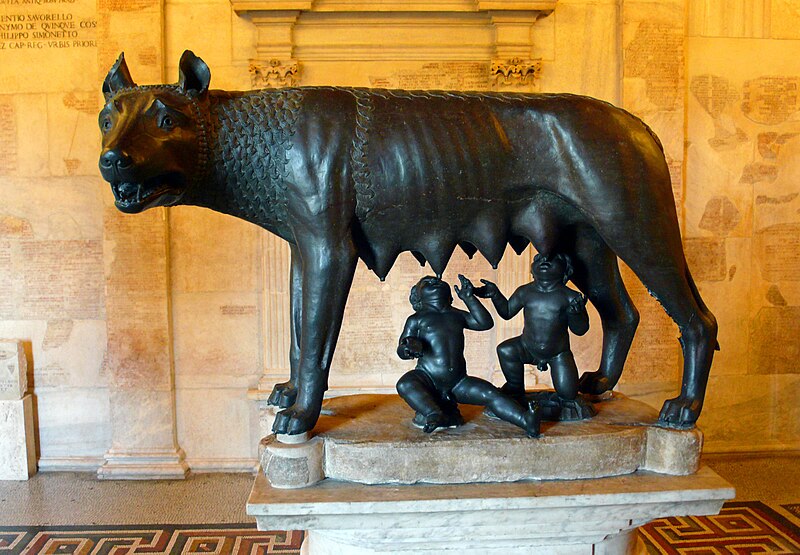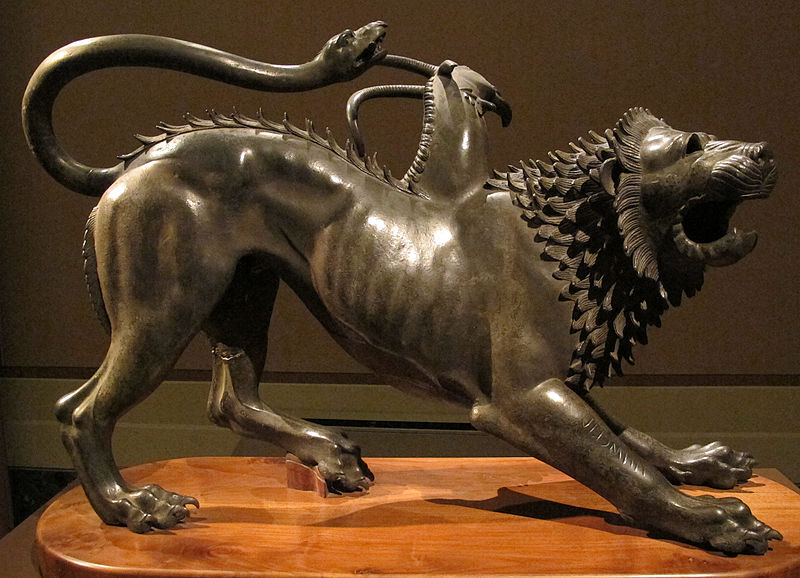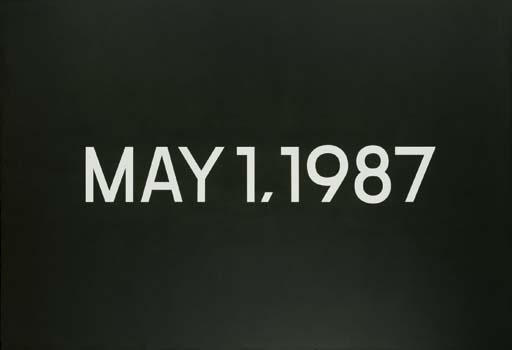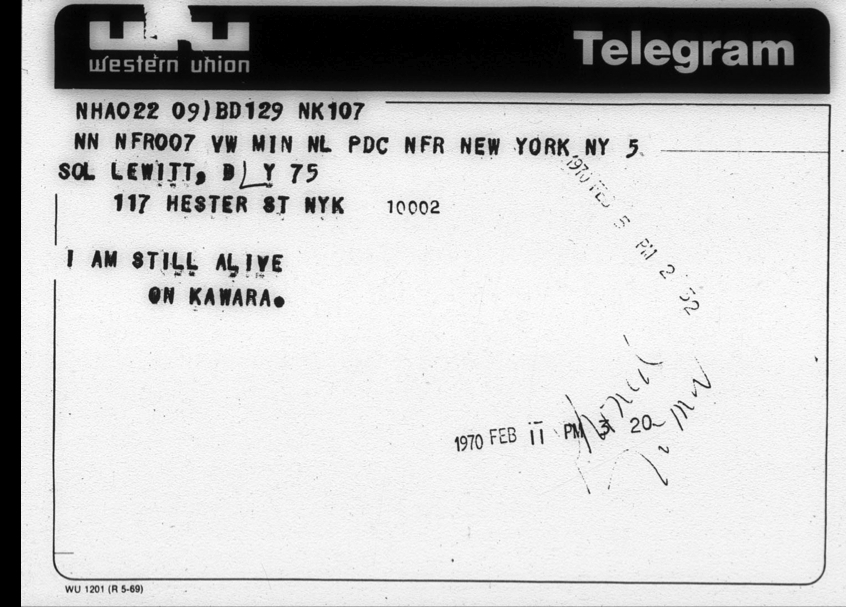The famed Three Studies of Lucian Freud by Francis Bacon, which I mentioned in my last blog roughly a millennium ago, has arrived at the Portland Art Museum in the meanwhile and, yes, I have been too busy to go see it. Do I want to see it in order to find out what $142 million looks like? Yes. Do I want to stand in a huge thronging crowd of other people who are there for that same reason? Not really. Watching a program about the Louvre the other day I realized that if I ever visit, I will probably go and see the Mona Lisa because it's what you're supposed to do when you go to the Louvre. But it probably wouldn't be my favorite stop.
Along similar lines, I have been to the Taj Mahal which, when you see pictures of it, looks like this:

(image from Wikipedia)
And which, when you visit, looks like this:

(image from Google)
Crowded, noisy, and full of photographers offering to take your picture even when your own family members are in the process of doing just that. If you go inside the building, which is a tomb, you're supposed to take off your shoes and be reverent and not take pictures but people are shouting to hear their own echoes and there's the constant flash of cameraphones.
The building is all beauty and wonder and poetry; not that you'll know as you're hustled through the interior by a pushing crowd and guards watching that you don't touch anything and telling you to move along (not, however, going after the people shouting and taking pictures, as they probably can't leave their stations). So I don't really remember what the inside looks like, because I didn't get the chance to appreciate it. Which means that, after visiting, the Taj Mahal doesn't mean a lot more to me than it did before. Maybe other people can gain a new perspective, appreciation, understanding, what have you, of a work of art while people are shouting and posing for pictures and trying to find their shoes on every side, but I couldn't. Going to see the Mona Lisa would probably be just as unfulfilling.
Does this mean I regret going to the Taj Mahal, or would likewise regret seeing the Mona Lisa? No, as I don't think it could be possible to regret such an experience (unless someone had stolen my shoes). It's just that the experience doesn't live up to the expectation people have (or that I had, at least) of the emotional response it will instill, or the perfect memories that will follow from its perfect composition. I just can't commune with a work of art when people on all sides are striving to do the same thing. Or, worse, just trying to take a picture of it so they can move on. It's surprising how often I see this--people taking pictures without even looking at the work in front of the lens. But that's a beef for another blog.
I suspect similar issues could arise with the Bacon at PAM, but in this case I have an upcoming opportunity to see the work in question, and will soon prove myself right or wrong. Only time will tell.
This isn't to say that I can only appreciate art alone--as a matter of fact, I find that I prefer to have someone else with me when I'm looking at art. It's more fun to have someone to talk to, to share ideas with, to offer their own thoughts and criticisms and observations in response to mine. Because even though appreciating art is, in a way, a very personal and individual undertaking best accomplished with some peace and quiet, on the other hand how much fun can it be if you don't have someone else to share it with?





